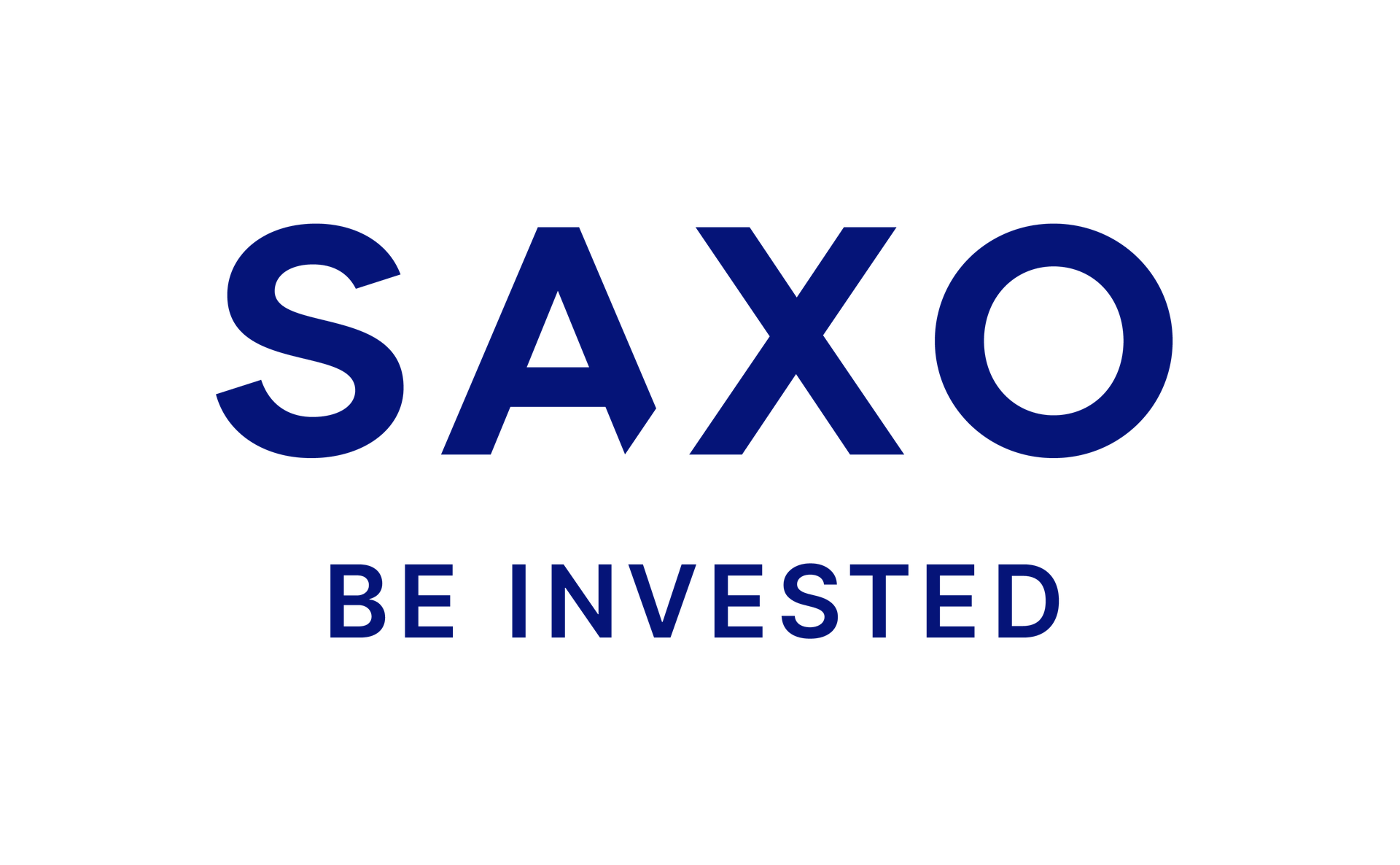Investment trusts offer a world of opportunities to tap into but how can investors sort the wheat from the chaff? In our Investing Analyst column, experts run the rule over what’s on offer.
In this column, Thomas McMahon, Head of Investment Companies Research, at Kepler Partners, looks at how to get really get trusts to deliver on dividends.
The activism of Saba Capital, which I discussed in my last column, has created a challenge for all boards of investment trusts and we are already seeing its effect.
Lots of trusts are trading on wide discounts, and their boards are justifiably afraid of becoming a target of Saba, or another activist, aiming to take control of the company and potentially merge it away.
It certainly seems possible that this was behind the series of measures announced by abrdn Asian Income Fund (AAIF) recently.
The trust will now hold a continuation vote every three years, and has also decided to massively boost the dividend it pays out, which should rise to c. 7 per cent on an annualised basis, when accounting for the current discount.

Thomas McMahon, of Kepler Partners, takes a look at dividends
These measures had an instant impact on the share price, which saw a decent bounce in the following days. I’m pretty sure it will have been the dividend policy that has led to this reaction, judging by past such announcements.
What the board has decided is that they will pay out a fixed percentage of the net asset value (NAV), which is essentially the value of the underlying holdings.
This is to be 1.5625 per cent of NAV each quarter, which equates to 6.25 per cent annualised. As the trust’s shares are on a discount, the implied yield on the share price is higher, at c. 7 per cent at the time of writing.
This is almost 2.5 percentage points higher than the 10 year gilt yield, and from a portfolio which has the growth potential of Asian equities to offer too.
This sort of manufactured or enhanced yield has become increasingly popular in recent years. It is one of the features of the investment trust structure that can’t be replicated in the open-ended or ETF world.
Assuming they have first received the right shareholder permissions under company law, boards can essentially decide what dividend they want to pay out without any regard to what income they have earned.
In the jargon, this is described as ‘paying from capital’. I think this jargon misleads some people though. it gives the impression that there is a separate pool of capital and one of income, but really these are just accounting fictions.
Trusts can invest the dividends they receive, and then sell their holdings when they have to pay a dividend. There is no requirement to keep income in cash for distribution.
This is a mistake people often make when considering another feature of income-paying trusts: revenue reserves. This refers to past year’s income which can be held back by a trust for distribution in future years.
While we talk about it as being placed in reserve, all that really means is that an account is written up on a virtual ledger, while the money is invested back into the portfolio. When trusts pay from revenue reserves or from capital, they don’t have to keep cash on hand through the year but can simply sell some assets and pay the cash out.
These features of investment trusts thus offer incredible flexibility to boards and really underline the credentials of the investment trust structure as the preeminent one for income-seekers. Boards can draw up a dividend policy without worrying about the income received from the portfolio changing from year to year.
Investors like trusts paying dividends
While paying from capital has some critics, the market’s judgement overall is clear.
Consider JPMorgan Global Growth & Income (JGGI), for example. At c. £3bn in market cap, JGGI is one of the largest trusts in the sector, and sits on the mid-cap FTSE 250, just below the threshold for FTSE 100 inclusion. While most of the AIC Global Equity Income sector is trading on a wide discount, JGGI has been on or around a premium for most of the past five years.
Performance has been really good, the trust being ahead of all other vehicles in the Global or Global Equity Income sectors over five years, as well as ahead of global equity indices. The dividend policy is to pay 4 per cent of NAV each year, from capital wherever necessary. This means the managers are completely free from the need to worry about picking income stocks and they can just invest where they think the best growth is.
Paying a dividend from capital therefore allows income investors to invest in high growth areas while still earning a substantial yield, and I think it is this combination of yield and the strong performance from investing in global growth equities, that has led to the premium rating.
Could biotech be an income and growth opportunity?
Another good example of growth combined with income is International Biotechnology Trust (IBT). As the name suggests, it invests in companies developing new medicines, from those in clinical trials to those that are already generating sales and profits. These companies don’t pay dividends themselves, but IBT has a similar policy to JGGI, paying 4 per cent of NAV out each year in a dividend.
Biotechnology looks pretty cheap by historical standards, and has been out of favour as the market has adjusted to high interest rates. This means that, unlike for JGGI, the discount on the shares is considerable at the time of writing, around 12 per cent. This does show that an enhanced yield on its own is not enough to assure a narrow discount.
I think biotech could be an area to benefit if the market starts to broaden out from large-cap tech, which has taken so much investor attention and cashflow in recent years, while large-cap pharma companies are desperate to replace their expiring patents, which should see takeovers of the earlier-stage companies like those in IBT’s portfolio.
The other trusts getting innovative with dividends
There are plenty of other trusts which pay a dividend from capital spread across all the major equity sectors. JPM has a whole suite of funds from Asia to Europe and the UK with an enhanced dividend, all of which have a growth-heavy investment approach.
In fact, in AAIF’s own sector, there are now three trusts with an enhanced yield: AAIF, JPMorgan Asia Growth & Income and Invesco Asia Trust (IAT). Interestingly, AAIF has seen its discount move in from being the widest in the sector to being in line with these other two trusts, which have discounts between 10 per cent and 11 per cent. Schroder Oriental income (SOI) is trading on a much narrower discount of 7.1 per cent, but has a lower yield and does not pay out of capital, with the income being purely ‘natural’. I think the crucial factor here is size: SOI has a market cap of around £650m while the others are all below £300m.
With IAT soon to complete a combination with Asia Dragon that will more than double its size, it may be that this is a catalyst for the discount to narrow, as a broader pool of professional investors can consider it.
One of the additional secrets behind JGGI’s success may be its size, which means it can be invested in by wealth managers and institutions which need to own large blocks of shares as well as retail investors.
Paying from capital hasn’t always been possible, but regulations have changed over the years. One of the pioneers of this approach was European Assets Trust (EAT), which adopted it in 2001. The trust pays 6 per cent of the closing NAV of the previous financial year in dividends, and the historical yield is 6.6 per cent at the time of writing.
The portfolio is invested in European smaller companies, not typically a great source of dividends, but a market with great growth potential. I think like IBT this is a slumbering growth market which should produce great returns at some point in the future when the market environment shifts.
Are these really dividends?
Not everyone approves of this sort of policy, although perhaps fewer people object each year as it becomes more established.
Sometimes people object that it is not really a dividend at all but just drawing down from capital. Imagine you had a cash account of £10,000 which paid you 5 per cent a year in interest, and you took out 6 per cent each year. Then you would be drawing down your capital. But in the case of equities, they go up over the medium term.
Now, nothing in finance is as certain as a law of physics, but there are all sorts of reasons to think this will continue to be the case. So we should expect to see any growth in an equity portfolio more than offset any contribution from capital to the dividend, assuming the board have struck the right balance and not committed to a truly excessive contributions from capital.
And crucially, it is always possible for the end investor to reinvest their dividends, in which case this isn’t a concern at all.
People sometimes choose to focus on the effect in a falling market. If the NAV is falling, and the trust makes a contribution from capital to the dividend, then the portfolio value will fall by more than the market. This is true, but over a medium to long-term investment horizon, we should expect the market to rise, and again, investors can simply choose to reinvest their dividends.
There is a short-term negative effect from this dynamic though: if the capital paid out is higher than the income earned, the fund will shrink and so costs will be higher for remaining shareholders. But funds without an enhanced dividend will also be shrinking when this happens thank so the falling market, and their costs rising too, so what we are really talking about is slightly magnifying this risk we take by investing in pretty much all funds.
What you need to watch out for
One issue you do have to watch out for with these strategies is the variability of the dividends. Paying from capital typically involves paying a fixed amount of NAV each year. Dividends therefore change as the NAV does, which means that if the NAV falls, next year, or next quarter, depending on the exact policy, the dividend might be lower.
Some investors might not like the irregularity this brings. Investment trusts can use revenue reserves to smooth dividends and provide very reliable payments. There are at least 51 trusts which have maintained or held their dividends for at least 10 years, largely due to the ability to build up reserves for when income falls.
During the pandemic, when dividends were cancelled by many companies, almost all equity income trusts were able to maintain their distributions to investors, unlike open-ended funds which have to pay out all income earned.
Buying a trust with an enhanced dividend might, therefore, mean accepting less regularity in the income stream received. Any effect of this could be moderated by owning other trusts with a natural income stream, high revenue reserves and an obvious commitment by the board to maintaining the dividend.
Investors don’t seem to mind this feature, judging by the generally positive impact on the discount an enhanced dividend has had.
Where things have come unstuck though, is when boards have changed the policy too often. This was a major problem for Invesco Perpetual UK Smaller Companies (IPU).
The trust paid 4 per cent of NAV, like many others discussed, with a big contribution from capital.
During the pandemic, presumably nervous about the drop in portfolio income – and maybe listening to the critical voices about the impact of this policy in a falling market – the board slashed its dividend target to 2 per cent of NAV, leading to the share price plunging.
Despite reverting to the 4 per cent target later on, the trust has never regained the very narrow discount it used to enjoy pre-pandemic.
I think the lesson is that investors are comfortable with enhanced, or manufactured yields, and they are comfortable with the variability from quarter to quarter, but they want a consistent policy over the medium to long term they can use to help build a portfolio.
Investors have been sucked back into bonds in recent weeks, looking to take advantage of a spike in yields early in January. Eventually, they will time this right, although the last few years have seen expectations for interest rate cuts, which would see bond prices rise, pushed back and watered down again and again and again.
With UK equity valuations being low, yields are also pretty high in that market too, with greater potential for price appreciation if rates stay higher for longer.
There are high dividend ETFs out there with decent yields, the iShares UK Dividend ETF having a trailing yield of 5.6 per cent at the time of writing. But I think when it comes to income, the advantages of investment trusts means that passive is a poor option.
High yields can be earned from all sorts of underlying growth markets, some of which are supported by bulletproof revenue reserves and some of which are raised well above the yields on bonds or ETFs thanks to the use of enhanced dividends.
All in all, it’s never been a better time to use investment trusts for income.
DIY INVESTING PLATFORMS

AJ Bell

AJ Bell
Easy investing and ready-made portfolios

Hargreaves Lansdown

Hargreaves Lansdown
Free fund dealing and investment ideas

interactive investor

interactive investor
Flat-fee investing from £4.99 per month

Saxo

Saxo
Get £200 back in trading fees
Trading 212
Trading 212
Free dealing and no account fee
Affiliate links: If you take out a product This is Money may earn a commission. These deals are chosen by our editorial team, as we think they are worth highlighting. This does not affect our editorial independence.





